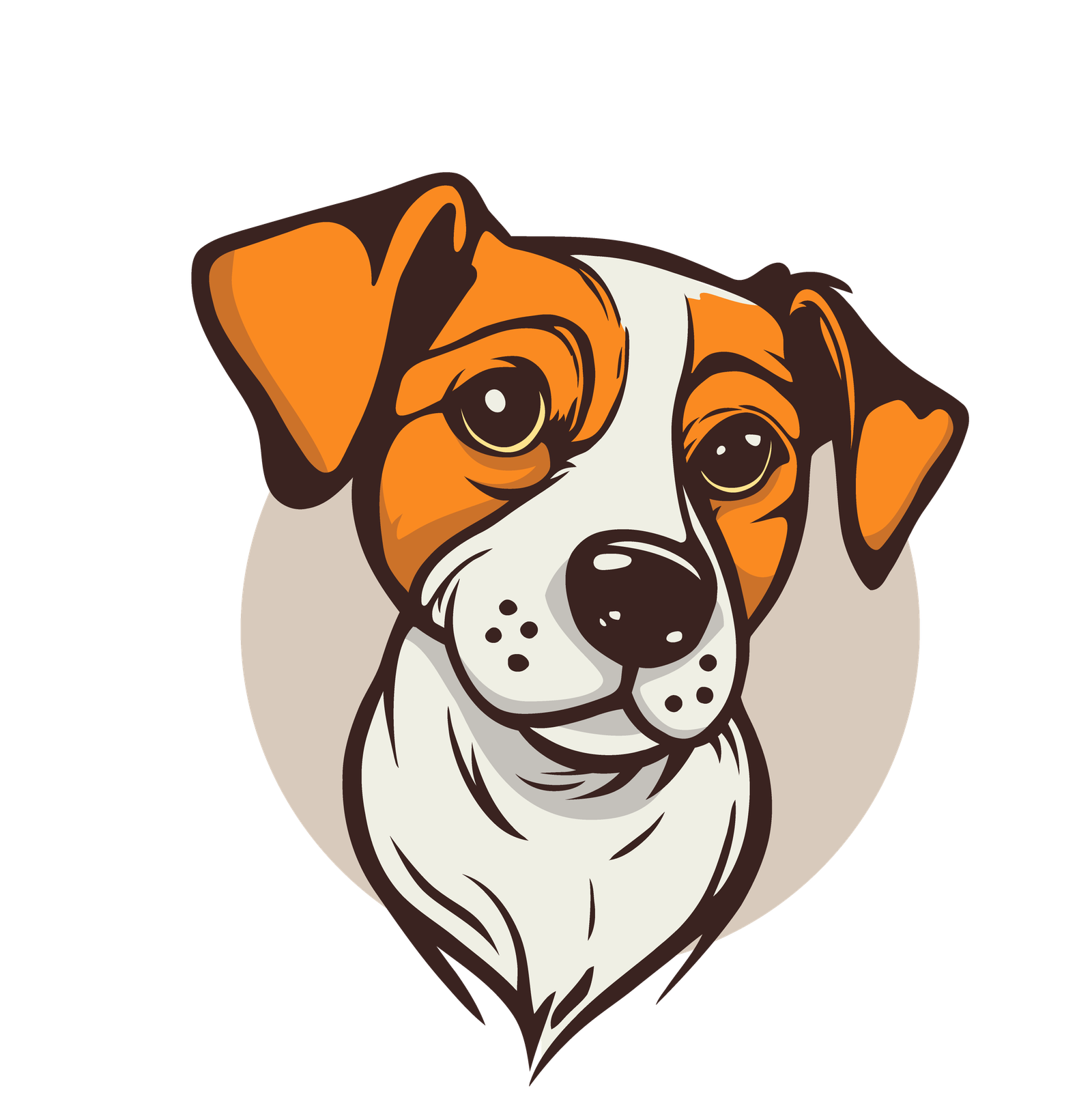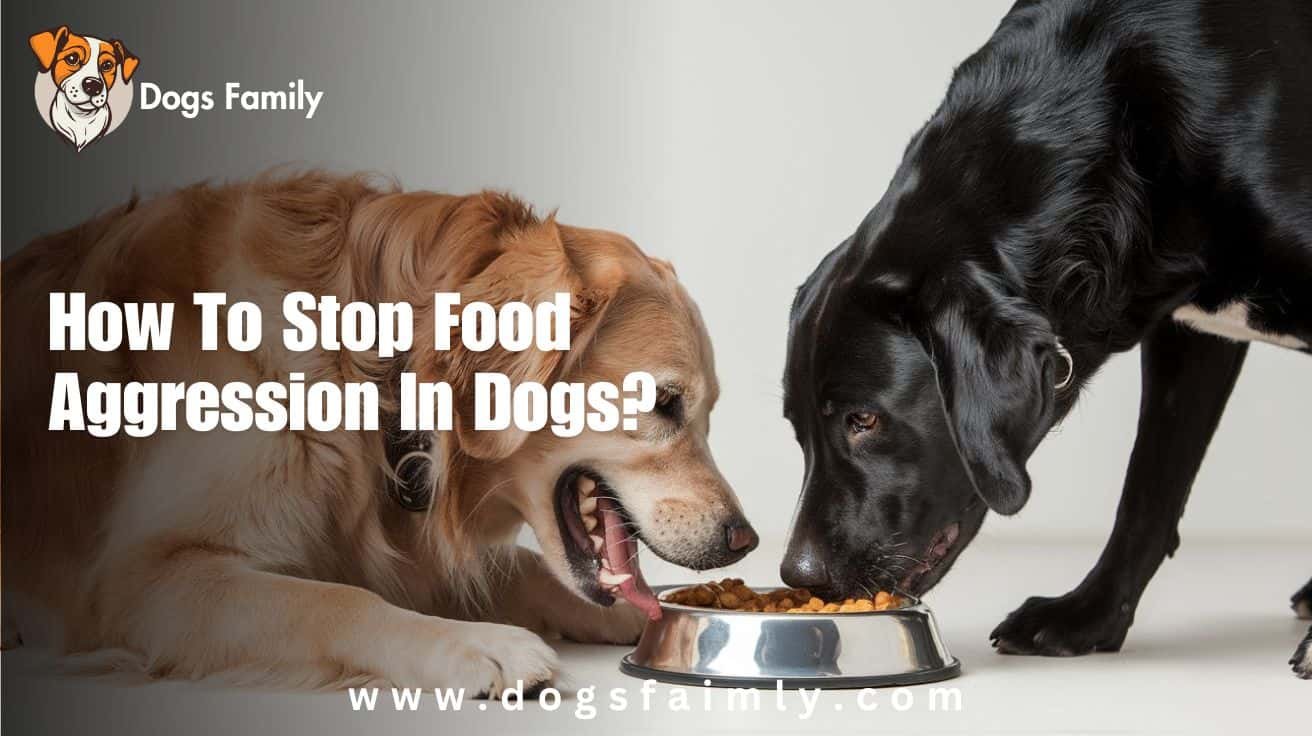Introduction
How To Stop Food Aggression In Dogs?, Food aggression in dogs is a serious issue that many pet owners face. It can be alarming to witness your beloved furry friend acting possessively over their food, and it can even pose risks to other pets or family members. But don’t worry! With patience, understanding, and the right techniques, you can effectively manage and stop food aggression in dogs. In this article, we’ll discuss the causes of food aggression, share some engaging anecdotes, and provide a step-by-step guide to help you resolve this behavior.
Understanding Food Aggression
How To Stop Food Aggression In Dogs?, Food aggression is a form of resource guarding, where a dog becomes defensive or aggressive when someone approaches their food or food bowl. This behavior can stem from various factors, including:
- Genetics: Some breeds are more prone to resource-guarding behaviors.
- Past Experiences: Dogs that have experienced food scarcity or competition may be more likely to display aggressive behaviors.
- Fear or Anxiety: Dogs that feel threatened may resort to aggression as a defense mechanism.
- Inconsistent Training: Lack of proper training and socialization can contribute to food aggression.
Understanding these causes can help you approach the situation more effectively. Remember, food aggression is not a reflection of your dog’s character but rather a behavior that can be modified with time and effort.
Step-by-Step Guide How To Stop Food Aggression In Dogs
Step 1: Assess the Situation
Before you start addressing the problem, observe your dog’s behavior around food. Look for signs of aggression, such as growling, snapping, or stiff body posture when someone approaches their food bowl. Understanding the severity of the issue will help you determine the best course of action.
Step 2: Create a Safe Feeding Environment
One of the first things you can do is create a calm and secure environment during mealtime. Here are some tips to ensure a safe feeding space:
- Feed in a Quiet Area: Choose a spot away from high-traffic areas where your dog can eat undisturbed.
- Use a Designated Food Bowl: Designate a specific bowl for your dog’s meals and keep it in the same location to help them associate it with comfort and security.
Step 3: Desensitize Your Dog
Desensitization is a powerful technique that involves gradually exposing your dog to situations that trigger their aggression. Here’s how to do it:
- Start from a Distance: While your dog is eating, stand a few feet away. If they remain calm, gradually move closer over several feeding sessions. Make sure to reward calm behavior with treats and praise.
- Use Treats: Toss high-value treats (like small pieces of chicken or cheese) into their bowl while they eat. This helps them associate your presence with positive experiences.
Step 4: Teach the “Leave It” Command
Teaching your dog the “leave it” command can help establish boundaries and reinforce your authority over their food. Here’s a simple way to train this command:
- Get a Treat: Hold a treat in your hand and let your dog sniff it.
- Close Your Hand: When they try to get the treat, close your hand and say “Leave it.”
- Wait for Calmness: Once your dog stops trying to get the treat and backs away, praise them and give them the treat from your other hand.
- Repeat: Practice this command regularly, gradually increasing the level of difficulty by introducing more distractions.
Step 5: Practice Controlled Feeding
Controlled feeding can help reduce food aggression by establishing a structured feeding routine. Follow these steps:
- Use Scheduled Meals: Instead of free-feeding, create a feeding schedule where you feed your dog at the same times each day.
- Limit Portions: Measure the right amount of food for each meal, so your dog learns that they won’t go hungry.
- Supervise Mealtimes: Initially, supervise your dog while they eat to ensure that they feel secure and to prevent any aggressive behavior.
Step 6: Seek Professional Help
If you’ve tried the above steps and your dog still displays aggressive behavior, it might be time to seek help from a professional dog trainer or behaviorist. These experts can provide tailored guidance based on your dog’s specific needs and can help implement a training plan effectively.
Anecdote: A Journey with Max
How To Stop Food Aggression In Dogs? Let’s take a moment to share a story about Max, a friendly Golden Retriever who struggled with food aggression. His owner, Sarah, loved him dearly but was often worried about how he would react when it was mealtime. Max would growl and snap whenever anyone approached him while he was eating, which caused stress for the entire family.
How To Stop Food Aggression In Dogs? Determined to help her dog, Sarah sought advice from a dog trainer who specialized in aggression. Following the trainer’s guidance, Sarah created a calm feeding environment and began practicing desensitization techniques. She started tossing treats into Max’s bowl while he ate, gradually getting closer to him.
After several weeks of consistent practice, Max became much more comfortable with Sarah being near him during meals. He even started to wag his tail when she approached! This progress gave Sarah confidence, and she was thrilled to see her beloved pup become more relaxed and trusting during mealtime.
Conclusion: Patience and Persistence Are Key
How To Stop Food Aggression In Dogs?, Stopping food aggression in dogs requires patience, understanding, and consistent training. By assessing the situation, creating a safe feeding environment, desensitizing your dog, and teaching essential commands, you can help your furry friend overcome this behavior.
Remember, if the issue persists or worsens, don’t hesitate to seek help from a professional. With the right approach, you can transform mealtime into a positive experience for both you and your dog.
By investing time and effort into training, you’ll not only stop food aggression but also strengthen the bond between you and your four-legged companion. So take a deep breath, stay positive, and start your journey toward a happier, more harmonious feeding experience today!
Hyperlinks:
How do you break food aggression in dogs?
To break food aggression in dogs, start by creating a calm feeding environment. Feed your dog in a quiet area and use a designated bowl. Gradually desensitize them by standing at a distance while they eat, then slowly approaching over time. Incorporate high-value treats by tossing them into the bowl as they eat to build positive associations. Teach commands like “leave it” to reinforce control over their food. Finally, consider structured feeding schedules instead of free-feeding, and if aggression persists, consult a professional dog trainer or behaviorist for tailored guidance. Patience and consistency are key to success.
Should I punish my dog for food aggression?
No, you should not punish your dog for food aggression. Punishment can increase fear and anxiety, potentially worsening the behavior. Instead, focus on positive reinforcement techniques to modify your dog's behavior. Encourage calmness around food by rewarding good behavior and gradually desensitizing them to your presence while they eat. Create a safe feeding environment and consider seeking help from a professional trainer or behaviorist. Understanding the root cause of the aggression and addressing it with patience and care will lead to more effective long-term solutions. Building trust is key to overcoming food aggression in dogs.
Why do dogs suddenly become food aggressive?
Dogs may suddenly become food aggressive due to various factors. A change in their environment, such as moving to a new home or the introduction of new pets, can trigger anxiety and lead to protective behaviors over food. Past experiences of food scarcity or competition for resources can also cause a dog to guard their meals more fiercely. Additionally, health issues or pain may cause discomfort, leading to increased irritability around food. Finally, lack of proper training or socialization can exacerbate these behaviors, making it crucial for owners to address food aggression promptly and effectively.
How do you stop rage syndrome in dogs?
To stop rage syndrome in dogs, first, consult a veterinarian to rule out underlying medical issues. If diagnosed, work with a professional dog trainer or behaviorist experienced in aggression management. Implement a consistent training routine using positive reinforcement techniques to promote calm behavior. Avoid confrontational training methods, as they can exacerbate aggression. Create a safe environment, and minimize triggers that provoke episodes. Regular exercise and mental stimulation can also help reduce anxiety. In severe cases, medication prescribed by a veterinarian may be necessary. Always prioritize safety by managing interactions and monitoring behavior closely.

